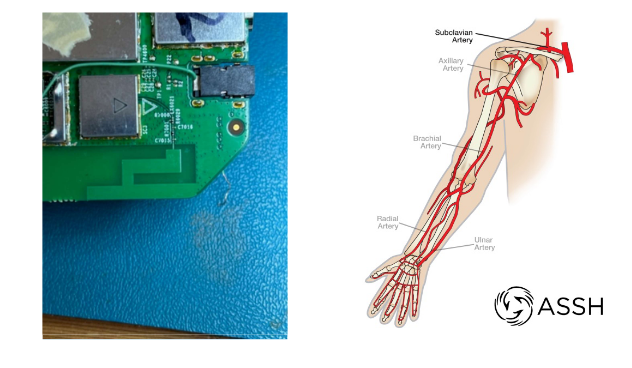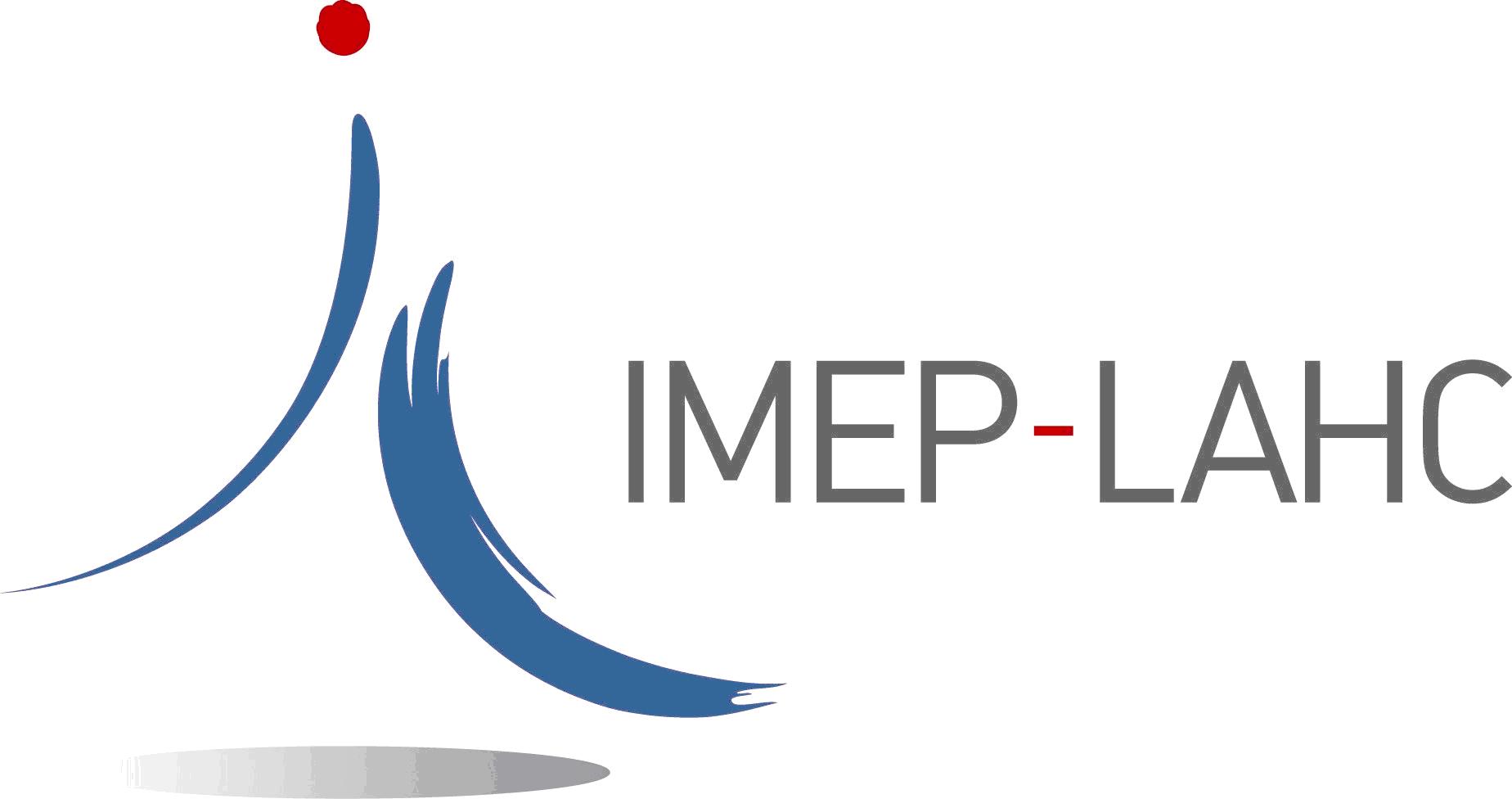Microwave measurements in living tissues – models for determining blood glucose concentration
Published : 9 November 2022
MASTER INTERNSHIP – 2023
Title : Microwave measurements in living tissues –
models for determining blood glucose concentration
Keywords:
RF characterization, biomedical devices
Labs :
– Institut de Microélectronique, Electromagnétisme et Photonique Laboratoire d’Hyperfréquences et Caractérisation (IMEP-LaHC, GINP-CNRS-UGA-USMB)
Minatec – Grenoble, 3, parvis Louis Néel, BP 257
38 016 GRENOBLE Cedex 1
Supervisors :
XAVIER Pascal, 04.56.52.95.69
VUONG Tan-Phu, 04.56.52.95.65
LAVASTRE Olivier, 04 79 75 94 27
LACREVAZ Thierry, 04 79 75 87 46
LIVA Valentino, EURAMNET, LLC (Los Altos, CA – Etats Unis),
Candidate profile:
5 years of higher education or a Master’s degree in electronics, if possible with a focus on biomedical engineering or biophysics.
1. Scientific background
For many years, in the field of bio-electromagnetism, there has been an interest in conducting microwave studies (typically from 1 to 10 GHz) on samples of biological fluids and determining their characteristics at radio frequencies in order to better understand the behaviour of living media in response to RF waves and to deduce possible applications in human and animal health.
In particular, by extension, many studies concern interfaces such as skin-fat-biological fluids to determine the propagation, absorption, reflection and dissipation of energy in the media defined above as a function of the dosages or percentages of the components in the fluids (by “fluids” we mean the concentrations of water, glucose, lipids, etc. that circulate in the veins and arteries of living beings).
2. Objectives
The precise objective of the internship is to develop a simple prototype of a tool to test the glucose level in human or animal blood using commercial WiFi equipment. The general objective is to bring help to diabetic people and animals without carrying out an injection, that can also apply for controls
before the establishment of the disease.
At the beginning, after a thorough bibliography, the chosen model will have to be simple in order to eliminate the components that do not present or modify appreciably the results or measurements. The idea is to optimize the measurements by fitting the antenna on external tissue such as finger models or
a flat surface on an arm model or other surface model that presents little barrier to the blood vessel model. One possible model is to establish “skin-fat-fluid-bone” relationships with measurements on constructs that are as close to living as possible. This will be based on a glucose solution placed on
different filters which will simulate tissues (lipids, water, proteins, …).
For the antennas, our intention is to use 2-dimensional antennas, either single or double, to best target fluid access and measurement optimization. Indeed, a differential measurement will probably be more efficient, sensitive and discriminating than a single measurement in the absolute, so it will be
necessary to provide two antennas (one for the finger or the tube, the other in the air or on the reference liquid sample). The measurement frequencies considered are 2.4GHz, 5 to 6 GHz and 6 to 7.125GHz with RF components that exist in the market.
The tool can be calibrated with a common measurement method such as strip.
Finally, the objective is to conclude if the microwave blood glucose measurement methods will be viable or usable for routine measurements by any user or patient.
3. References
C. G. Juan et al., « Capteur de glucose biocompatible en technologie microruban inversée basé sur le facteur de qualité à vide Qu »,
XXIIèmes Journées Nationales Micro-ondes, Limoges, France, 2022
M. Srour, « Etude et réalisation de capteurs hyperfréquences : application à la détermination de la concentration en glucose » Thèse de doctorat en Electronique sous la direction de Cédric Quendo soutenue le 12-12-2017 à Brest
B. Potelon, et al., « Electromagnetic signature of glucose in aqueous solutions and human blood », Proc. MEMSWAVE Conf., La Rochelle, France, 2014.




 Contact us
Contact us How to find us
How to find us










